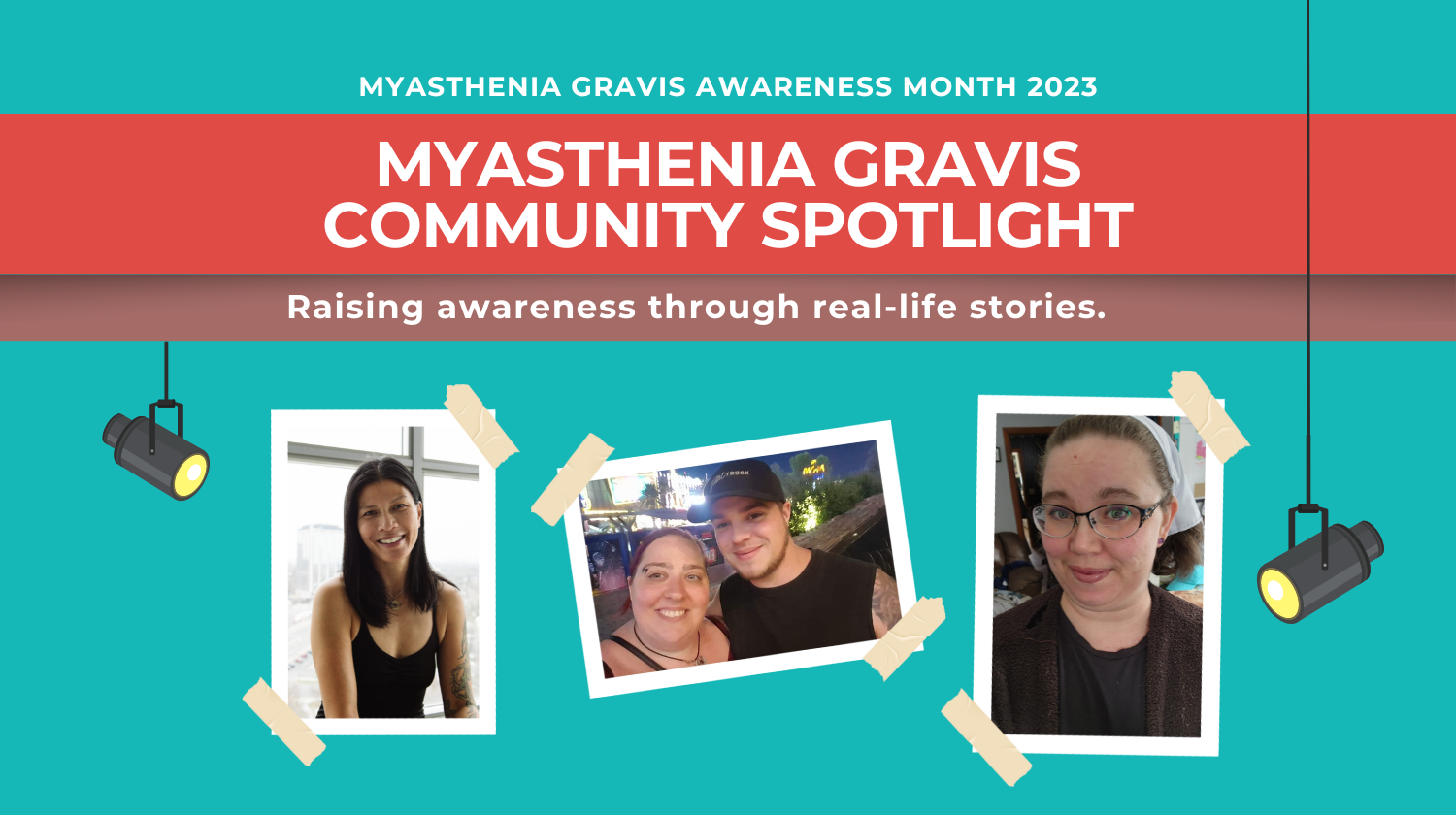To live well with myasthenia gravis, I had to change my lifestyle
Written by |


AmiCietta in July 2020. (Photos courtesy of AmiCietta Duche Clarke)
This is AmiCietta Duche Clarke’s story:
Working in corporate law is not for the fainthearted, especially when you’re fresh out of law school. I didn’t let a myasthenia gravis (MG) diagnosis during my third year of law school deter me from experiencing the joys of working 35-hour “days” or 60 hours over three days.
Once doctors figured out the right medication (immunosuppressants) to keep my blurred and double vision at bay, I unwisely took it as a green light to pursue this demanding lifestyle. I ate every meal at my desk, including lots of candy, coffee, and junk food at night to keep myself awake. I wasn’t getting sleep and was under constant pressure.
At 25 and newly diagnosed, I didn’t understand the impact that MG would have on me. Life wasn’t exactly the same, but law school had also been stressful, and I didn’t get much sleep at times. However, even after years of intermittent flare-ups, it still didn’t occur to me that even though the medications were generally keeping my symptoms at bay, I couldn’t keep up with my peers working those crazy hours while living my life the way I had been before MG.

AmiCietta attends a business conference in Puerto Rico, in January 2023.
It wasn’t until my medications stopped working, and I had to take prednisone a few times, that I realized I needed to make some adjustments. When I was working crazy hours, my mom would suggest I put my work down and take some deep breaths.
Looking back, it’s laughable that I thought I didn’t have time to sit still, close my eyes, and breathe for 30 seconds. I hadn’t done meditation or breath work before I was diagnosed with MG, and the combination of stress and my belief that I could continue living my usual lifestyle made me think that I didn’t have time to breathe deeply for a few seconds.
I also realized I couldn’t continue to make the same poor food choices I had been making. I eventually found that certain foods, such as dairy, triggered flare-ups for me.
Finally, I’m really not sure why it took me eight years to realize that the major change I needed to make was to find a less stressful job.

AmiCietta speaks on owning the power in your healing story.
The lesson I learned from all of this was that I couldn’t out-medicate my lifestyle; it eventually caught up with me when the medications stopped working. I couldn’t burn the candle at both ends, even while taking immunosuppressants. I had to change my lifestyle and prioritize sleep, eating right, reducing my stress, and living a more relaxed life than I had before MG.
In recognition of Myasthenia Gravis Awareness Month in May, the MG Community Spotlight campaign features a series of stories highlighting the real-life experiences of people affected by MG, written in their own words. Follow us on Facebook and Instagram for more stories like this, using the hashtag #MGSpotlight, or read the full series.





